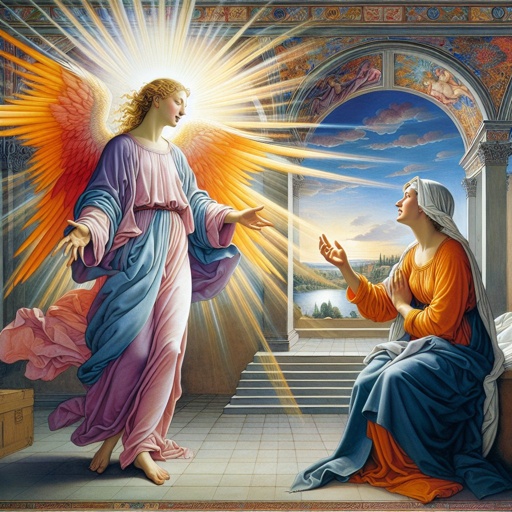Luke 1:1 Artwork
"Forasmuch as many have taken in hand to set forth in order a declaration of those things which are most surely believed among us," - Luke 1:1
Explore Luke 1:1 through paintings, pictures, drawings, digital art, illustrations, wallpapers, photos, prints & more.

Luke 1:1

Luke 1:1 - "Forasmuch as many have taken in hand to set forth in order a declaration of those things which are most surely believed among us,"

Luke 24:1

Luke 1:32

Luke 1:32

Luke 1:32

Luke 1:32

Luke 1:39

Luke 1:32

Luke 1:32

Luke (1:37) For nothing will be impossible with God.”

Luke (1:37) For nothing will be impossible with God.”

Luke (1:37) For nothing will be impossible with God.”

Luke (1:37) For nothing will be impossible with God.”

Luke (1:37) For nothing will be impossible with God.”

Luke (1:37) For nothing will be impossible with God.”

Luke (1:37) For nothing will be impossible with God.”

Luke (1:37) For nothing will be impossible with God.”

Luke (1:37) For nothing will be impossible with God.”

Luke (1:37) For nothing will be impossible with God.”

Luke (1:37) For nothing will be impossible with God.”

Luke (1:37) For nothing will be impossible with God.”

Luke (1:37) For nothing will be impossible with God.”

Luke (1:37) For nothing will be impossible with God.”

Luke (1:37) For nothing will be impossible with God.”

Luke (1:37) For nothing will be impossible with God.”

Luke (1:37) For nothing will be impossible with God.”

Luke (1:37) For nothing will be impossible with God.”

Luke (1:37) For nothing will be impossible with God.”

Luke (1:37) For nothing will be impossible with God.”